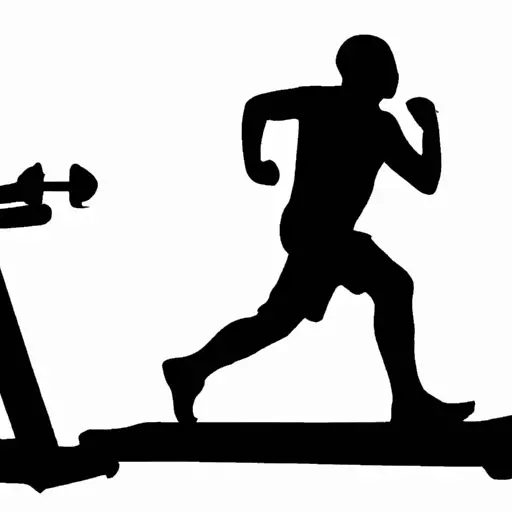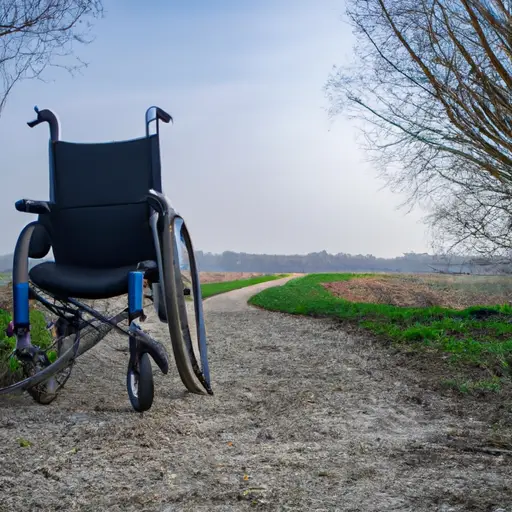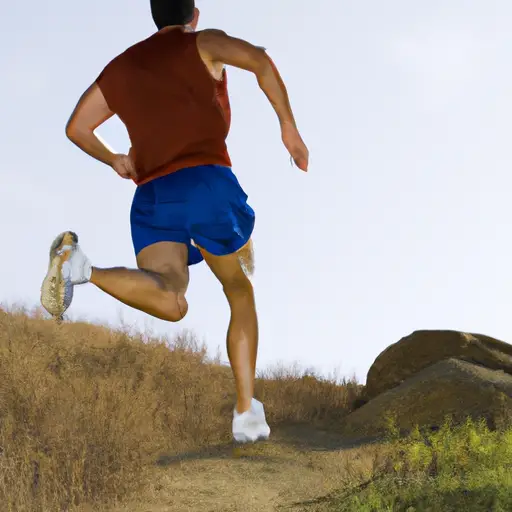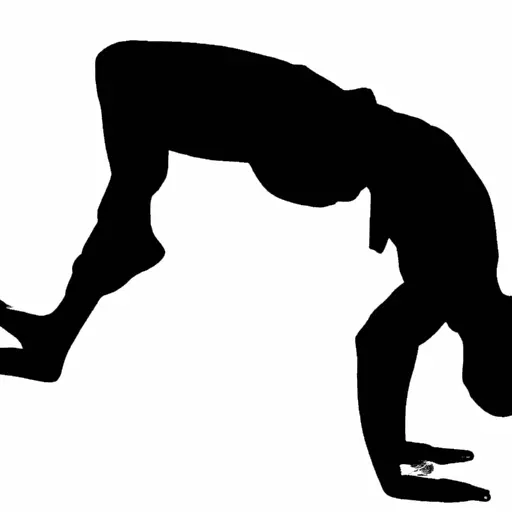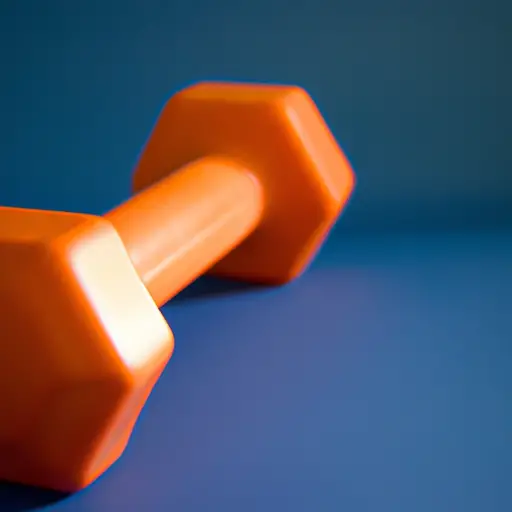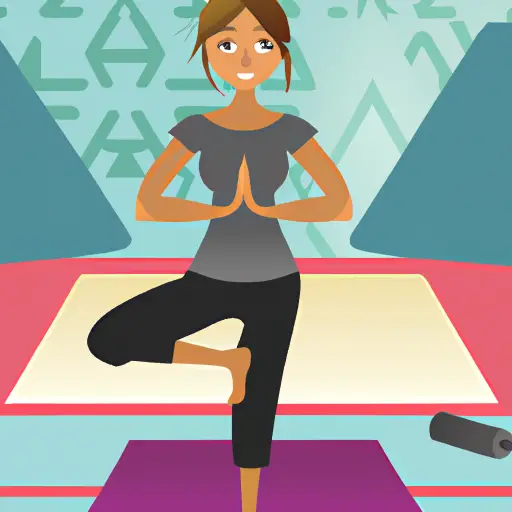Getting Started With Powerlifting A Beginner’s Guide
Welcome to the World of Powerlifting!
Hey there, folks! I am excited to introduce you to the world of powerlifting, a strength sport that involves three main lifts: squats, bench press, and deadlifts. These lifts test your overall strength, endurance, and discipline to push your limits and perform at your best. As someone who has been in the powerlifting game for years, I can assure you that embracing this sport can bring you a host of benefits.
From building your overall strength and conditioning to improving your mental focus, powerlifting challenges you to perform beyond your abilities and achieve feats you never thought possible. Aside from that, it also boosts your confidence, improves your posture, and helps you develop a sense of community with like-minded fitness enthusiasts.
So, if you’re looking for a challenging but fulfilling sport, powerlifting is definitely worth giving a shot. Let’s dig deeper into what you need to get started with this amazing sport.
What the Heck do I Need? The Necessary Equipment for Powerlifting
Now that you know what powerlifting is and its benefits, let’s talk about what kind of gear you need to get started. First things first, you need a barbell and some plates to put on it. While you could technically use dumbbells or kettlebells, barbells are the standard when it comes to powerlifting.
You’ll also need a squat rack. This is a structure that keeps the barbell in place while you perform squats. It’s important to have a safe squat rack that can support the weight you’ll be lifting. Don’t skimp on this piece of equipment.
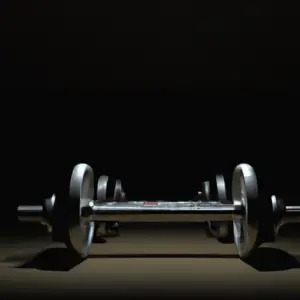
The next essential item is a bench press. This is what you’ll use to perform the bench press exercise. Simple as that.
Don’t forget about chalk! Chalk is going to help you grip the bar better, allowing you to lift heavier weights with less slipping. Trust me on this one, chalk is a game changer.
Other accessories that may come in handy include lifting shoes, lifting belts, and resistance bands. These can all help you perform lifts with proper form and increase your total weight lifted.
When it comes to buying equipment, don’t feel the need to break the bank. Look for sales or buy used gear to save some cash. Just make sure everything is in good working condition and safe to use.
Overall, investing in the right equipment can make or break your powerlifting journey. Don’t skimp on the essentials and make sure everything is safe and functional.
Welcome to the Powerlifting World: Exercises for Newbies
Hey there, fellow lifters! If you’re new to powerlifting, there are a few exercises that you should definitely add to your routine. These will help you build strength and improve your technique. Remember, powerlifting requires a lot of focus and consistency, so don’t rush it. Let’s dive in!
Squats
Squats are one of the most basic movements in powerlifting. They work your legs, glutes, and lower back. The key to a successful squat is having proper form. Start with light weights and focus on your technique. Keep your feet shoulder-width apart, point your toes outward, and keep your chest up. As you lower yourself, imagine sitting down on a chair. Make sure your knees don’t go past your toes. When you reach the bottom, push back up. Remember, your hips and knees should move together. Don’t let your knees cave in.
Deadlifts
Deadlifts are another fundamental exercise in powerlifting. They work your lower back, glutes, and hamstrings. Again, form is key. Start with light weights and focus on your technique. Stand with your feet shoulder-width apart and grip the bar with your hands shoulder-width apart. Keep your back straight and your chest up. Push through your heels and lift the bar off the ground. Remember, don’t jerk the bar up. Use your legs and hips to lift the weight. When you reach the top, squeeze your glutes. Lower the bar back to the ground.
Bench Press
The bench press is a classic exercise that works your chest, triceps, and shoulders. Start with a comfortable weight and focus on your technique. Lie flat on the bench with your feet flat on the ground. Grip the bar with your hands shoulder-width apart. Lower the bar to your chest, making sure your elbows stay close to your body. Push the bar back up, keeping your back flat on the bench. Try to keep your wrists straight and your forearms perpendicular to the ground. Remember, don’t bounce the bar off your chest.
Overhead Press
The overhead press is an excellent exercise for building shoulder and arm strength. Start with light weights and focus on your technique. Stand with your feet shoulder-width apart and grip the bar with your hands slightly wider than shoulder-width apart. Lift the bar to your shoulders, making sure your elbows are slightly in front of the bar. Push the bar up and over your head, keeping your wrists straight. Lower the bar back to your shoulders. Remember, don’t arch your back.
Rows
Rows are an important exercise for strengthening your back. Start with light weights and focus on your technique. Stand with your feet shoulder-width apart and grip the bar with your hands shoulder-width apart. Bend your knees slightly and hinge forward at the hips. Pull the bar up to your waist, making sure to squeeze your shoulder blades together. Lower the bar back to the starting position. Remember, don’t round your back.
Well, there you have it, folks! These exercises are a great starting point if you’re new to powerlifting. Remember to focus on your technique and gradually increase the weight. And of course, don’t forget to have fun!
Safety Tips: Keep Yourself Protected!
When it comes to powerlifting, safety is paramount. Here are some tips to help you keep yourself protected when lifting:
Firstly, make sure to warm up and stretch. Stretching is a crucial component of any form of physical exercise, and powerlifting is no exception. By stretching your muscles, you increase their flexibility and reduce your risk of injury.
Secondly, start light and increase load gradually. Powerlifting is a sport that rewards progress, but it’s important not to push yourself too hard too soon. Gradually increasing the weight you’re lifting will help you build strength while minimizing your risk of injury.
Thirdly, never lift heavy without a spotter. This person will be there to help you if you’re unable to complete a lift or if you encounter any other problems. Having a spotter can be the difference between a successful lift and a serious injury.
Fourthly, it’s essential to maintain good form. This means keeping your back straight, your shoulders back, and your feet firmly planted on the ground. Good form will help you lift more weight and minimize the risk of injury.
Finally, listen to your body. If you feel any pain or discomfort during a lift, stop immediately. It’s better to be safe than sorry, and powering through an injury can lead to serious long-term consequences.
That’s a Wrap: My Powerlifting Journey
Well folks, there you have it! My powerlifting journey summed up in one blog post. Let me tell you, it’s been quite the ride. From the definition of powerlifting to the benefits it provides, we covered a lot of ground.
But the real meat of this post was about the equipment necessary and exercises for beginners. As a beginner myself, I found this information to be incredibly helpful. From the barbell and plates to the squat rack and bench press, each piece of equipment plays an important role in the sport.
And let’s not forget about the exercises. Squats, deadlifts, bench press, overhead press, and rows – these are the core powerlifting movements that will make you stronger. But it’s crucial to maintain good form and follow safety tips such as warming up, starting light, and having a spotter.
As I continue on my powerlifting journey, I know there is still so much to learn and so many gains to be made. But with the knowledge I’ve gained in this post and the guidance of my coach, I’m excited for what’s to come. What about you? Are you ready to start your own powerlifting journey? Let’s lift!
Powerlifting Basics FAQ
Is powerlifting good for beginners?
Oh boy, do I have some thoughts on this. Let me tell you, powerlifting can be great for beginners, but there are definitely some things you need to keep in mind.
First and foremost, it’s important to start slowly and focus on proper form. Don’t let your ego get the best of you and try to lift weights that are too heavy for you. Trust me, I’ve seen some pretty gnarly injuries from people lifting weights that were too heavy and not using proper form. So start with lighter weights, focus on your technique, and gradually increase the weight as you get stronger.
Another thing to keep in mind is that powerlifting can be pretty intimidating if you’re not used to it. You might feel a bit out of place in a gym full of (seemingly) super strong people. But don’t worry, everyone starts somewhere. The powerlifting community can be incredibly supportive, so don’t be afraid to ask for help or advice if you need it.
Lastly, it’s important to remember that powerlifting is a sport that requires a lot of dedication and hard work. You won’t see results overnight, but if you stick with it and put in the effort, you’ll definitely notice changes in your strength and physique over time. So if you’re up for the challenge and willing to put in the work, powerlifting can be a great choice for beginners.
How do I prepare myself for powerlifting?
Alright folks, here’s what you need to know about preparing yourself for powerlifting – let’s get into it! First and foremost, it’s crucial to establish a solid foundation of strength and conditioning. This means incorporating compound movements like squats, deadlifts, and bench press into your workout routine. Don’t skimp out on leg day either, as lower body strength is essential for powerlifting.
Secondly, proper form and technique should be a top priority. Learning how to execute these lifts with correct form from the beginning will not only prevent injuries, but will also optimize your performance. It’s a good idea to enlist the help of a powerlifting coach or experienced lifter to guide you through this process.
Thirdly, nutrition plays a huge role in powerlifting. It’s important to fuel your body with the right macros (protein, carbs, and fats) to support muscle growth and repair. This means eating a balanced diet and potentially incorporating supplements if necessary. Hydration is also key – drink plenty of water before, during, and after your workouts.
Finally, be patient and consistent. Building strength takes time and there may be setbacks along the way. Consistency with training, nutrition, and recovery is the key to success in powerlifting. Keep track of your progress and set achievable goals for yourself. With dedication and hard work, you’ll crush those PRs in no time!
What is the basic rules for powerlifting?
Well, let me tell you, there are three basic rules to powerlifting: the squat, bench press, and deadlift. These are the three lifts you will need to master if you want to become a powerlifter. But the powerlifting rules go beyond just these lifts. In competition, you will have three attempts at each of these lifts and your highest successful lift in each category will be added together to create your total. And, of course, the person with the highest total wins. But, in order for your lifts to count, there are a few more important rules to keep in mind, like the fact that you need to show control of the weight at the top of each lift for it to count. But don’t worry, these rules will become second nature as you continue to practice and become more familiar with the sport. Remember, practice makes perfect!
powerlifting for beginners: what you need to know
So, you want to get into powerlifting? Well, it’s not as easy as just picking up some weights and hoping for the best. There are a few things you need to know before hitting the gym. First off, make sure you have the right equipment. You’ll need a weightlifting belt, wrist wraps, knee sleeves, and possibly lifting shoes. These items might seem unnecessary, but trust me, they will make a big difference in your performance.
Once you have the equipment sorted, it’s time to start lifting. The three main lifts in powerlifting are the squat, bench press, and deadlift. Each of these exercises focuses on a different area of the body, so it’s important to practice all three if you want to become a well-rounded powerlifter. When beginning, start off with lighter weights and focus on your form. It’s better to lift with good form and lighter weights than to lift heavy with poor form.
One important aspect of powerlifting is nutrition. To perform at your best, you need to fuel your body properly. Make sure you’re eating a balanced diet with plenty of protein and carbohydrates to give your muscles the energy they need to lift heavy. You can also consider taking supplements such as creatine, protein powder, and BCAAs to aid in recovery and muscle growth.
Last but not least, remember to be patient with yourself. Powerlifting takes time and dedication, so don’t expect to hit your goals overnight. Track your progress and celebrate small accomplishments along the way. You’ll be amazed at how far you can come with consistency and hard work. Good luck on your powerlifting journey!

